It’s a truism that good news is no news. Awful things dominate the headlines because awful things are new—and thus unusual. This can leave readers with the mistaken impression that the world itself is hell; or that the editors, at least, are consumed by morbid gloom.
It ain’t so. Below, a special secret edition of Global Eyes that proves decisively that whereas this may not be the best of all possible worlds, it certainly isn’t the worst.
(If you filled out the questionnaire but this is still paywalled for you, drop me a note and I’ll send you the link. If you didn’t fill it out but received this anyway, enjoy it: It’s a bonus.)

Astronomers narrow in on the location of the mysterious Planet Nine. Astronomers may be on the verge of the biggest discovery in decades — a giant, ninth planet in the far reaches of the Solar System
In January 2015, a team of astronomers from the California Institute for Technology (Caltech) stumbled upon a potentially groundbreaking discovery. The alignment of several of the most distant worlds in our Solar System seemed to all have the same perihelion, or closest point to the Sun. This suggested that something big had to have pulled them into these orbits, and flung them out hundreds of times the distance between the Sun and Earth.
All this suggested a roughly Neptune-sized world so distant that it hadn’t ever been spotted. Caltech astronomers Konstantin Batygin and Michael Brown dubbed it Planet Nine.
Turtles in the Seychelles have recovered from the brink. Fifty years ago, the sea turtles of the Seychelles had nearly disappeared. Now they’re thriving. Why? Because, inter alia, turtle soup has come off the menu. The effect of a suite of protection measures has been “astounding.”
Visit the Orangerie, virtually.
The mysterious colored skeletons of Çatalhöyük: New research into the commemoration of the dead through mortuary and architectural use of pigments at Neolithic Çatalhöyük, Turkey:
Neolithic Çatalhöyük (Turkey, 7100–5950 cal BC) provides a unique case study for the exploration of links between pigments in burials, demographic data and colourants in contemporary architectural contexts. This study presents the first combined analysis of funerary and architectural evidence of pigment use in Neolithic Anatolia and discusses the possible social processes underlying the observed statistical patterns.
A squirrel mom:
New drug multiplies survival rate for women with breast cancer. Patients with HER2-positive metastatic breast cancer—a very aggressive subtype that affects around 20 percent of patients—were given trastuzumab deruxtecan had an estimated overall survival rate of 94 percent after 12 months. The result, researchers suggest, indicates that we’re quickly approaching the time when this deadly cancer can be managed as a chronic disease. Joan Albanell, the head of the Cancer Research Program at Barcelona’s IMIM-Del Mar Hospital, said the “drug exceeds, by a great margin, the effectiveness of the previous standard of care.”
Visit the David Rumsey Map Collection, with highlights such as Urbano Monte's manuscript world map from 1587:
Team achieves 30-fold enhancement of thermoelectric performance in polycrystalline tin selenide:
The continued depletion of fossil fuel-based energy resources is leading us towards a growing energy crisis. Consequently, this has set in motion a search for sustainable alternative resources. Thermoelectric energy conversion—a process of generating electricity from waste heat—has gained momentum as the next potential energy harvesting technology. Generators made up of thermoelectric materials are used to harvest thermal energy via the “Seebeck effect.” The temperature difference in the thermoelectric material creates a flow of charge carriers, generating electrical energy. …
In a recent study published in Advanced Science, a team of researchers from Japan, led by Associate Professor Takayoshi Katase from Tokyo Institute of Technology (Tokyo Tech) managed to enhance the ZT of polycrystalline SnSe by demonstrating a high σ and a low κ simultaneously. The team achieved this remarkable breakthrough by introducing tellurium (Te) ion into the structure of SnSe.
Is there anything this man can’t do?
Medical breakthrough: ALS patient in completely locked-in state “speaks” thanks to brain implant. This is the first time the technology has been able to help a person who cannot even move their eyes. Following the procedure, the 34-year-old was able to spell out his name, ask for a beer and suggest a movie to his son.
What a diva. What a performance. For those of you who don’t have time for videos—yes, you do:
Bizarre space circle captured in unprecedented detail:
Astronomers have captured a close-up image of a rare and mysterious space object, prompting a renewed push to discover its origin. Odd radio circles (ORCs) are gigantic rings of radio waves. Only five have ever been sighted, and never in such spectacular detail:
How to make incredibly soft, super-easy brioche. (If you can’t see the subtitles and you need them, first switch on the closed captions, then choose auto-translate, then choose whichever language you’d like your captions.)
We’ll be back with the awful news later today, but for now, please enjoy.


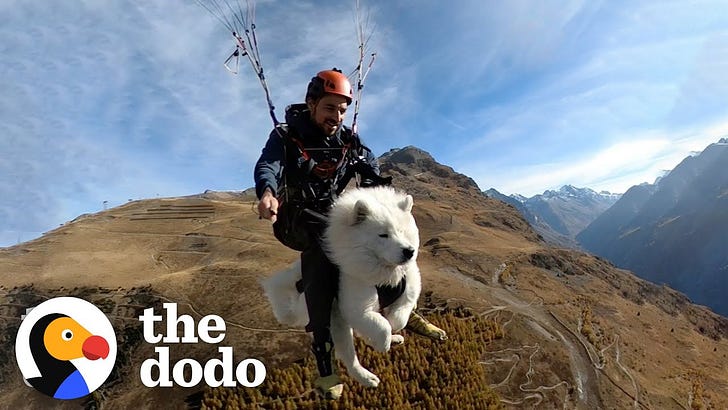


![Aldabra Tortoise (Seychelles Giant Tortoise) [Complete Guide] - All Turtles Aldabra Tortoise (Seychelles Giant Tortoise) [Complete Guide] - All Turtles](https://substackcdn.com/image/fetch/$s_!WG9Y!,w_1456,c_limit,f_auto,q_auto:good,fl_progressive:steep/https%3A%2F%2Fbucketeer-e05bbc84-baa3-437e-9518-adb32be77984.s3.amazonaws.com%2Fpublic%2Fimages%2F8ddda3c7-36e7-40be-bece-095a53fb1979_297x170.jpeg)
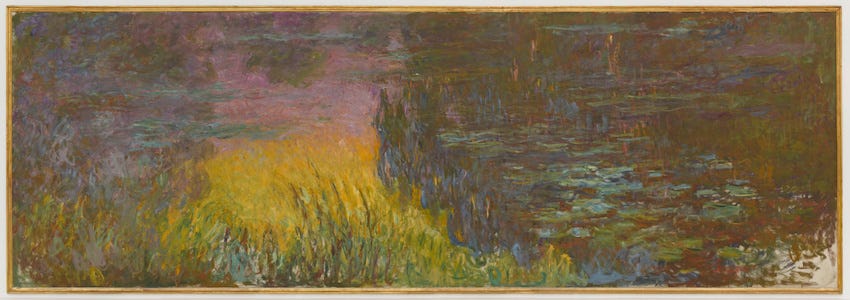
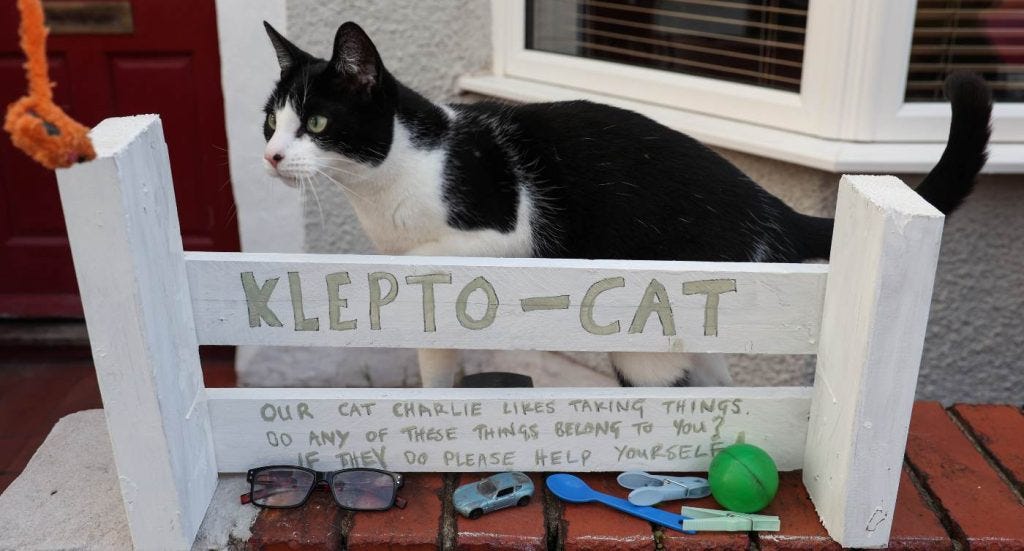
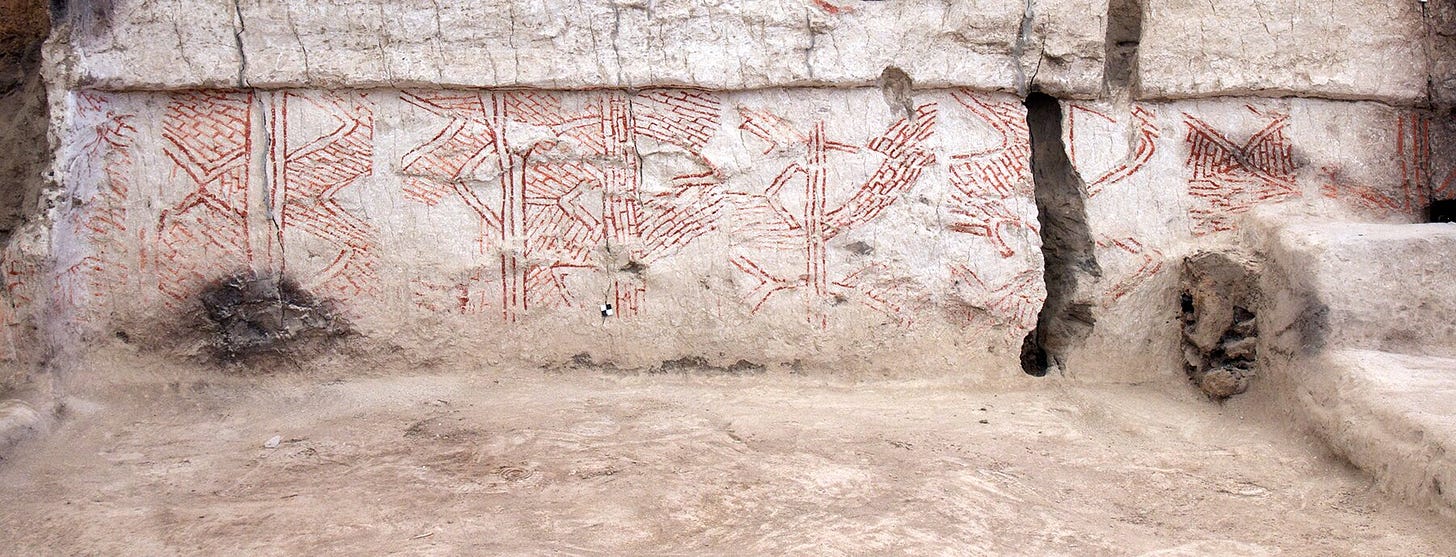
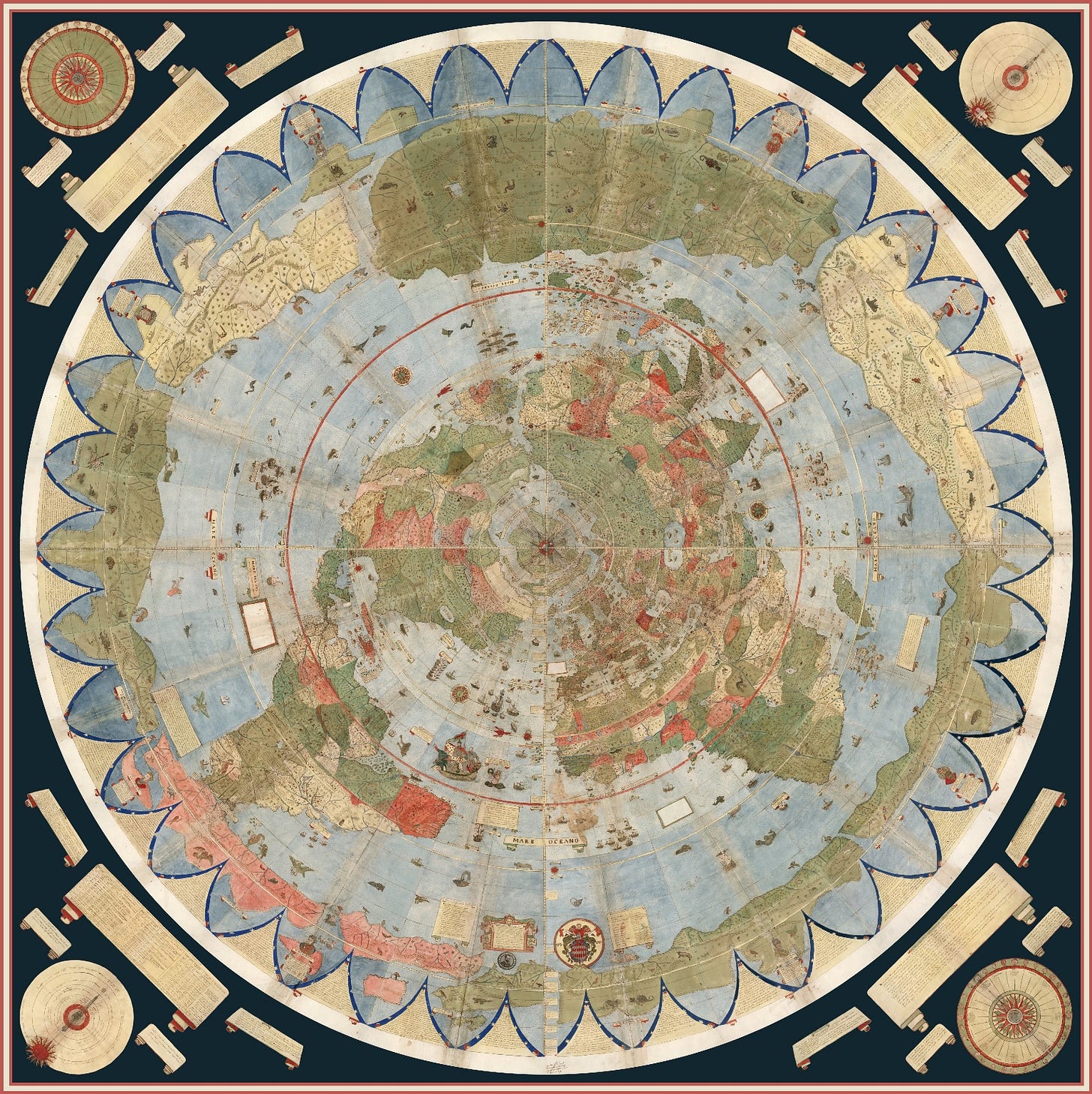
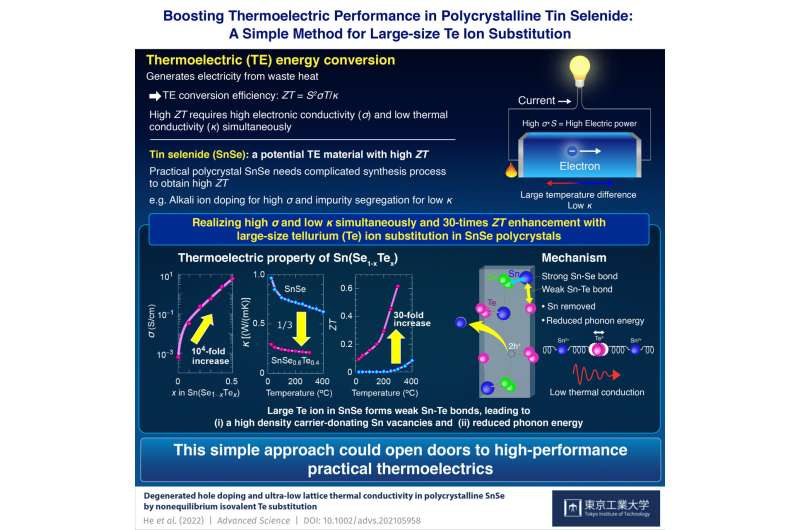
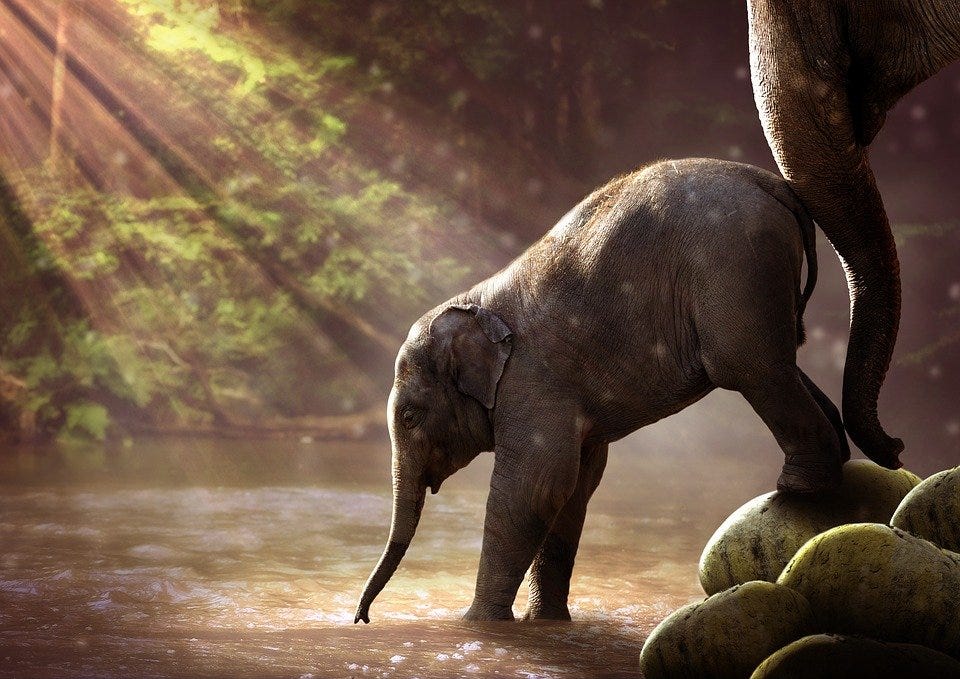
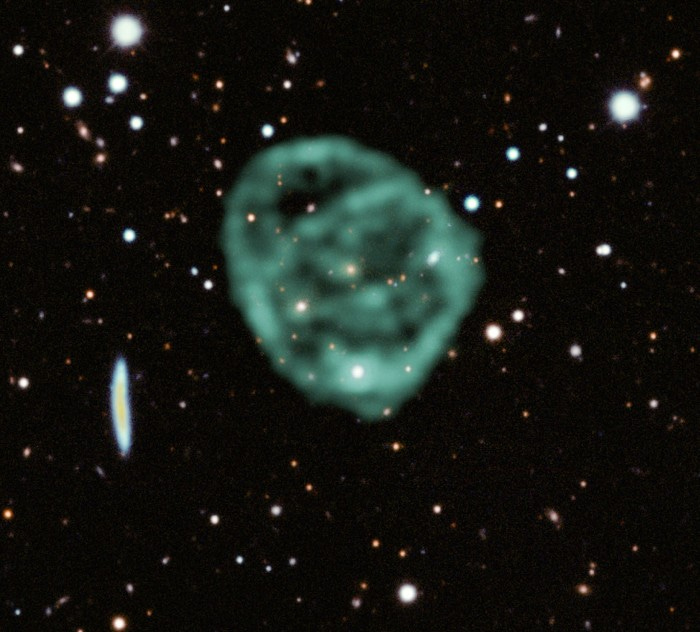

Thank you so much for sending us this delightful potpourri of unique and wondrous links. I’ve marked it to return to often and to rediscover the joy of the world.
Maria Callas video was indeed not too long to watch; I could have watched it forever. It brought tears to my eyes, as pure perfection often does.
Thank you again for compiling this treasure. "A wonderland of surprise and delight" indeed!
Great! Listened to Callas because you said it was worth the time. It was. She did this one pretty well too: https://www.youtube.com/watch?v=nsNMP6_Q0Js